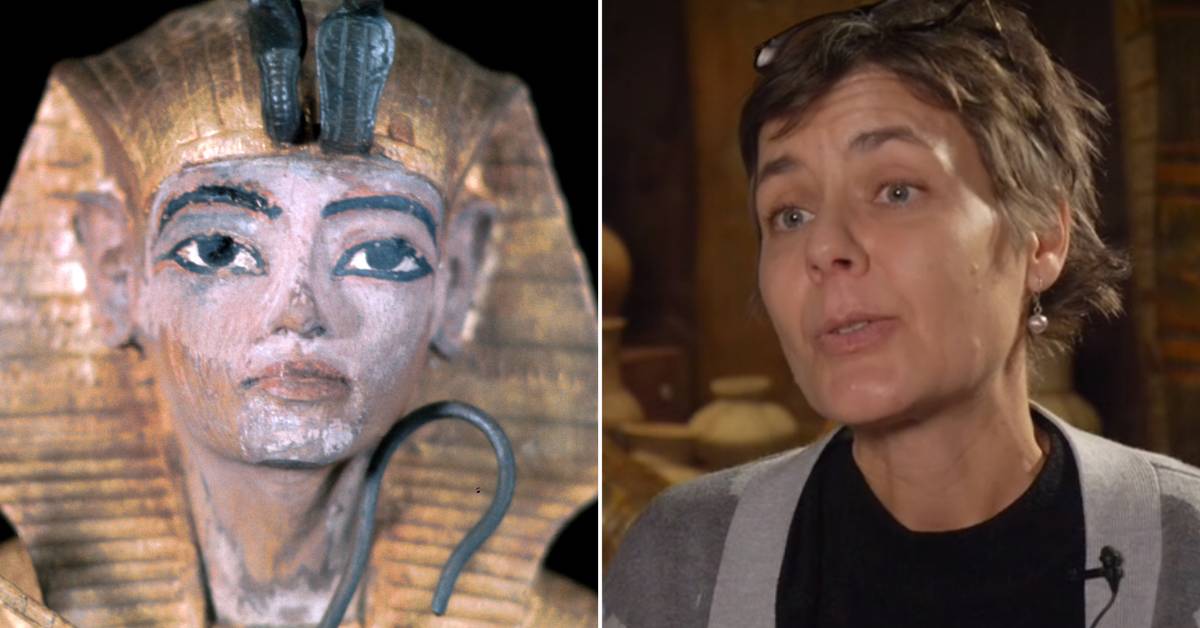Several museums in Great Britain, such as The British Museum in London, have stopped using the term "mummy", which is considered dehumanizing.
Instead, the remains are presented as a "mummified person".
This is a way for the museums to come to terms with parts of their colonial history.
Sofia Häggman is an Egyptologist and curator at the Mediterranean Museum in Stockholm, where the term "mummified person" has been used for a long time.
Häggman welcomes the debate, which she believes is important, but hopes that the discussion will develop.
- This is something that needs to be lifted.
But perhaps not primarily the terminology, but the whole view of people and the view of history that we represent, she tells Kulturnyheterna.
Sofia Häggman also believes that Egyptian mummified remains in particular have been treated more like objects than actual people, historically.
- It has often happened that museums have removed human remains from their exhibitions and to some extent also returned them to the countries of origin.
Who have wanted to get their ancestors' remains back to be able to bury them.
But the Egyptian mummies have been handled a little differently, she says.
- Mummies are handled as if they were not human.
They have been exhibited in curiosities cabinets, unpacked as entertainment and Egyptian bodies have been ground down for medicine.
Paint and paper have been made.
Old, Egyptian bodies have been used in the most bizarre and disrespectful ways, says Sofia Häggman.

